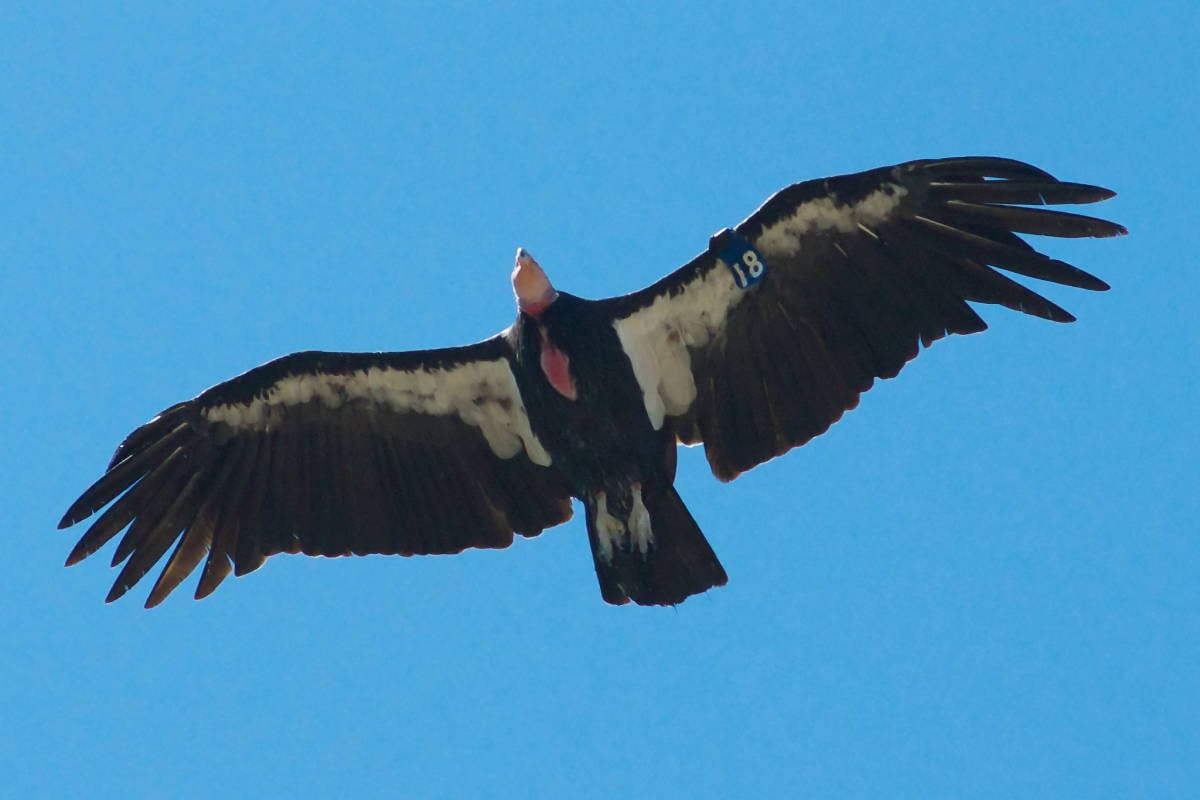
Along with the endangered Mojave desert tortoise and now possibly the California condor, the balancing of public land use in southern Utah continues to be controversial. The Bureau of Land Management Resource Management Plan for California condors in southern Utah is still being highly debated. The California condor in the area is just one of the many issues.
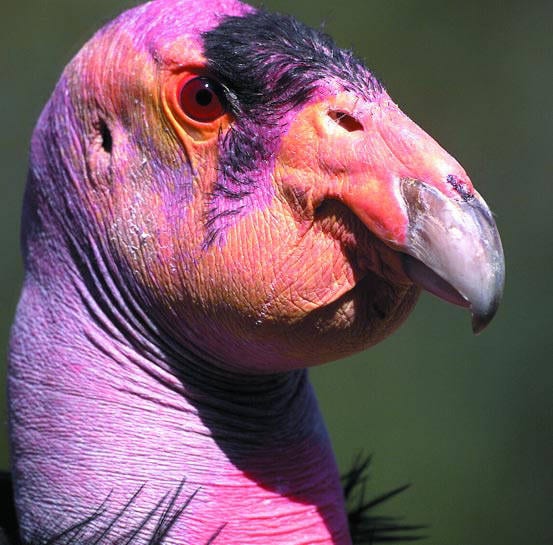
“There are currently no plans for the reintroduction of the California condor. The plan does not propose reintroducing the California condor into either of the county’s two national conservation areas,” BLM’s St.George Field Office manager Brian Tritle said.
Chris Parish, condor field project supervisor for the Peregrine Fund, states that while there are no plans by the BLM to reintroduce the condor, they have already been introduced in Arizona and have made their way into southern Utah.
“There is great habitat in Utah. It didn’t take long for the condors to find it. The worry about a reintroduction of the condor into southern Utah is a non-issue. They are already here,” Parish said.
Parish said a debate was held back in 1995 and 1996 and the California condors were designated under Section 10(j) of the Endangered Species Act.
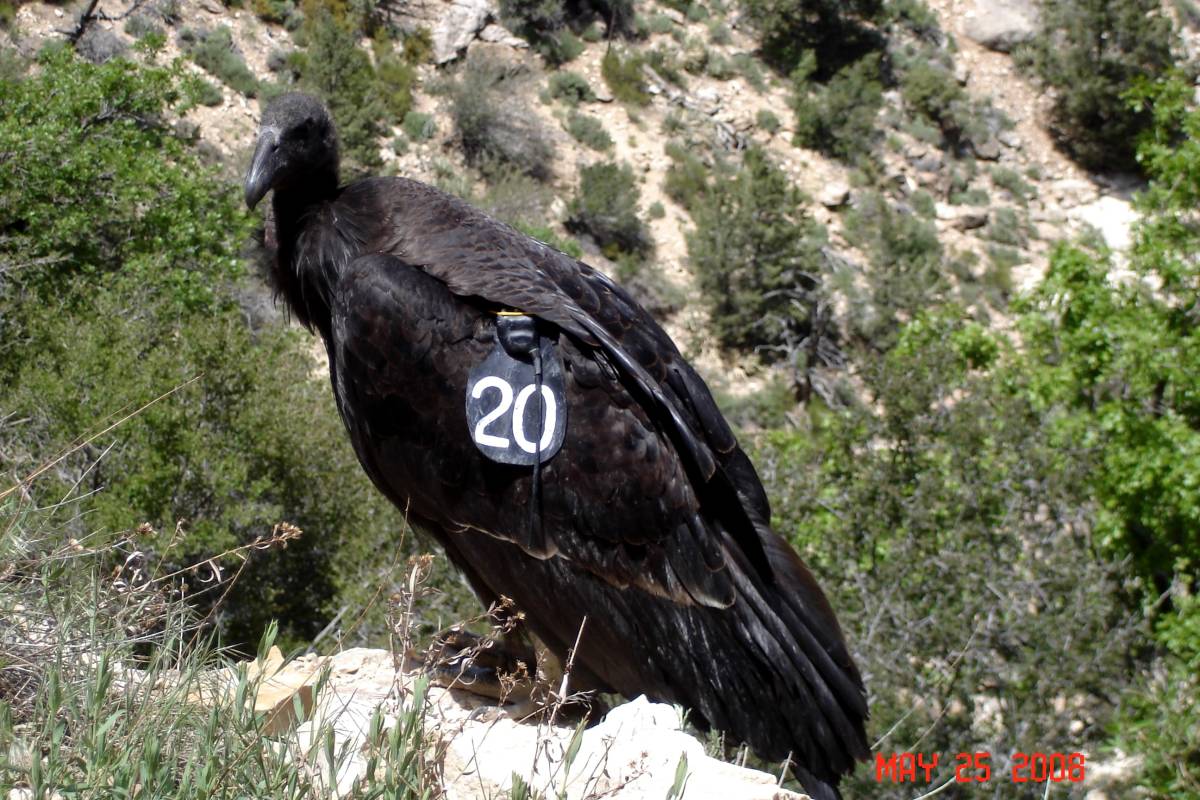
This designation allows the U.S Fish and Wildlife Service to reestablish self-sustaining populations in regions that are outside the species current range when doing so fosters its conservation and recovery. This designation gives the service the ability to classify the experimental population under the classification of threatened, not endangered, under the Endangered Species Act.
This designation provides flexibility in managing the reintroduced population. It allows the U.S Fish and Wildlife Service to reduce the legal protections required by the Endangered Species Act, protecting individuals, municipalities, and others who may accidentally harm the fish while engaged in otherwise lawful activities.
One of the goals of the Peregrine Fund was to establish a self-sustaining population of California condors in the Grand Canyon-Arizona Strip regions of northern Arizona and southern Utah in cooperation with state and federal agencies, tribes, local communities, and the private sector.
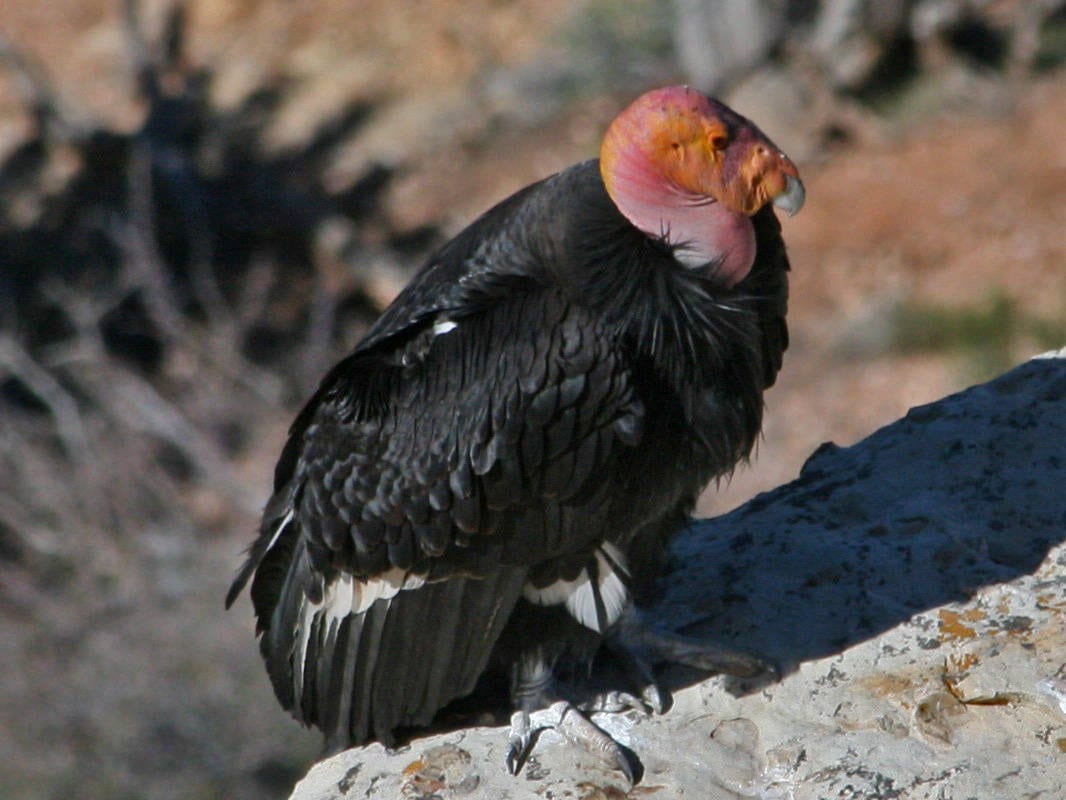
The organization’s goals are “To restore rare species through captive breeding and releases; improve capacity for local conservation; conduct scientific research and environmental education; and conserve habitat.”
Nearly 85 percent of The Peregrine Fund’s annual $5.7 million budget is privately funded. An endowment supports administrative and development costs, allowing 94 percent of donations to go directly to conserving birds of prey.
“Since the listing of the desert tortoise and its habitat, the Endangered Species Act has had a major impact on our county and our land use. Nevertheless, the County and its citizens have gone to great effort and expense to preserve the lives and habitat of the desert tortoise with the understanding that the County will be treated fairly in the land management process,” said Washington County Commissioner Alan Gardner.
“The introduction of the California condor in southern Utah will have an adverse impact on hunting, agriculture and general use of the area if adopted. The condor introduction was done with the assurance to local governments that it would remain a 10J population which is defined as a non-essential experimental population.”
“The last thing we need is a tortoise with wings.” Commissioner Gardner said.
“Lead based ammunition remains a concern. Lead based ammunition causes 53 percent of the condors to die. They are scavengers. They eat dead animals or gut piles that have been left by hunters, ranchers or farmers.” said Parish.
Parish says the answer to this dilemma is simple.
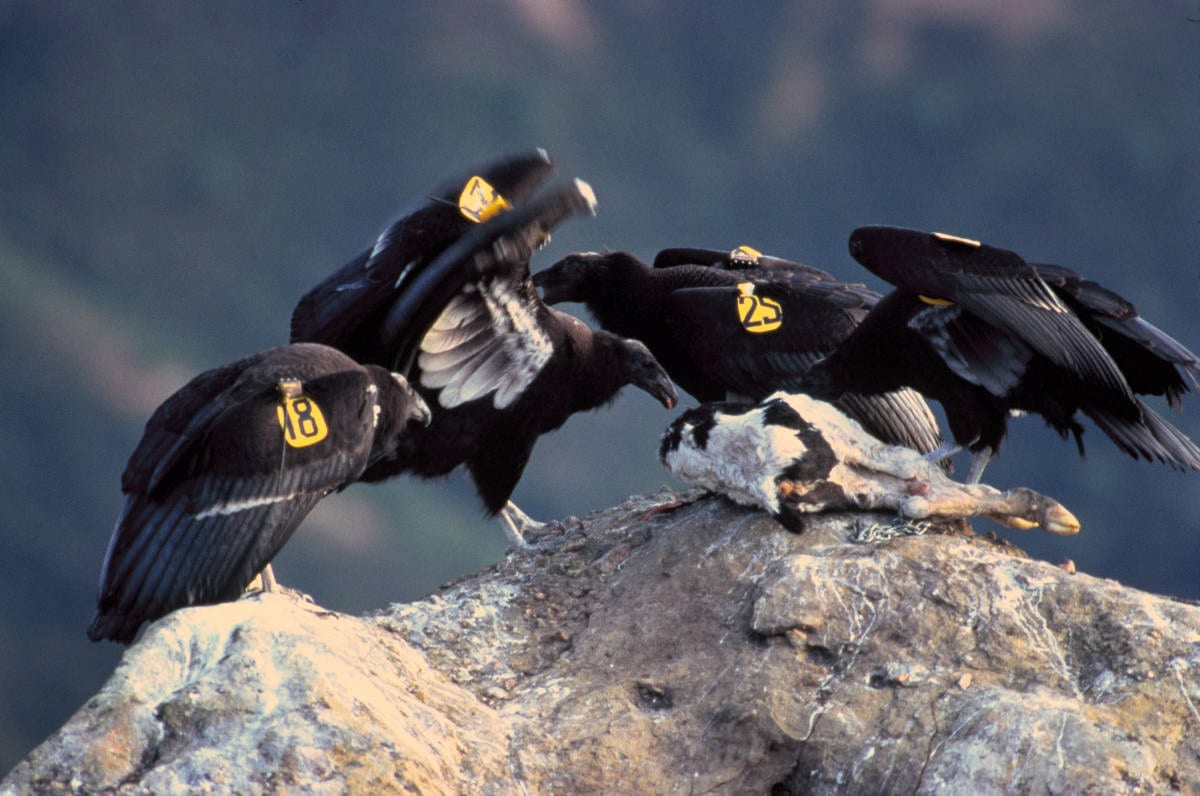
“To help the endangered condors, the Utah Division of Wildlife Resources and the Arizona Game and Fish Department have asked hunters in southern Utah and northern Arizona to use non-lead ammunition. To offset the cost and encourage participation, both agencies have voluntary programs that provide hunters in those areas with a free box of non-lead bullets. The voluntary response from hunters has been impressive,” stated Parish.
Research has found instances where lead was found in the digestive tracts of dead condors. It is believed that the lead came from deer and coyotes killed by hunters and then fed on by the birds. X-Rays of deer carcasses killed with lead bullets have shown that fragmented metal is typical.
We have found an abrupt increase of blood lead-levels corresponding with increased use of deer hunting areas on the Kaibab Plateau and the Kolob range in southern Utah during the weeks prior to testing. The period of highest exposure is October and November when the deer hunting seasons are underway, and the period of greatest lead-caused mortality among condors is December and January, reflecting the latency of effect.
California condors are highly endangered. By 1982, there were only 22 individual birds left alive. The Peregrine Fund has produced condors at its captive breeding facility at the World Center for Birds of Prey in Idaho and released them in the Arizona Strip.

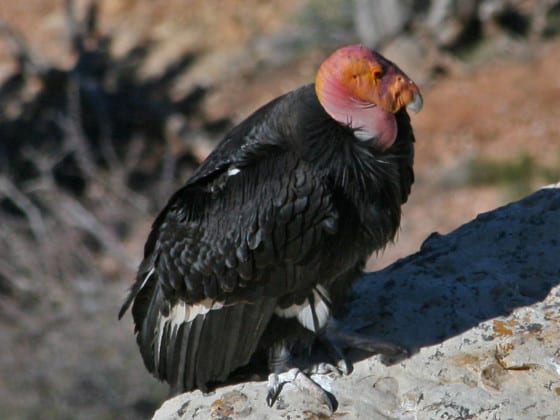
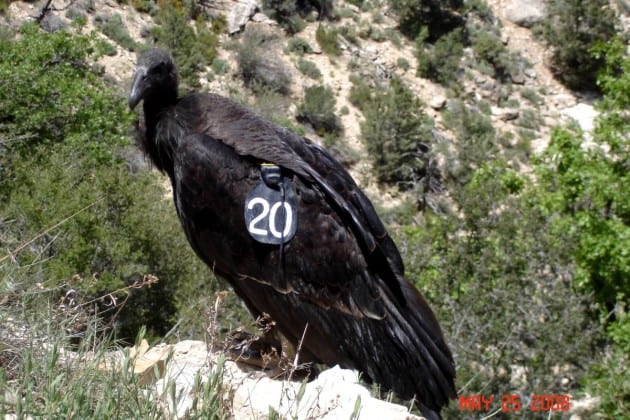
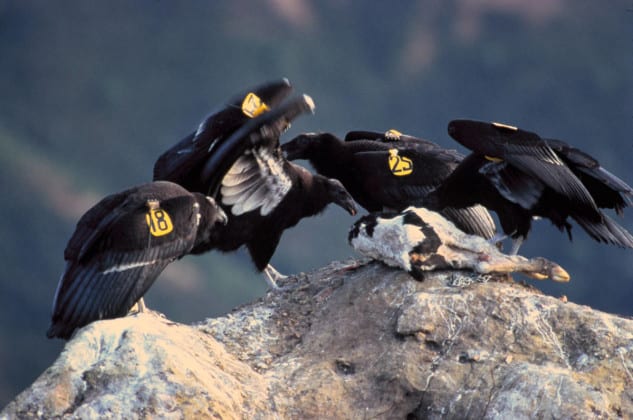
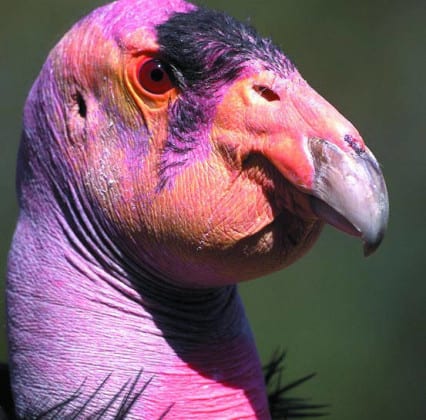
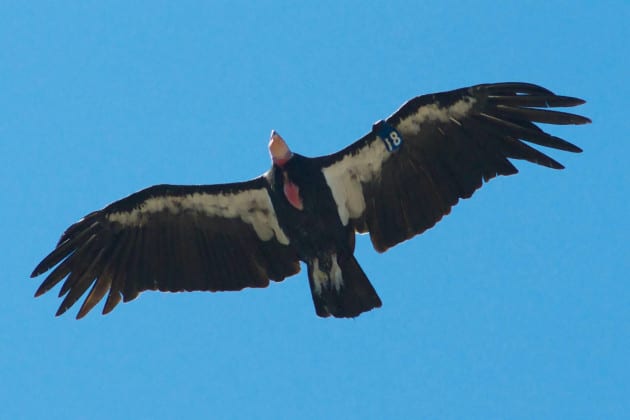



To ensure these endangered Condors don’t ingest lead why doesn’t the State add a rule to those buying deer tags that requires them to bury their gut piles at least deep enough so it’s out of reach of coyotes or Condors?
It seems a small thing to do to save these majestic Birds.
It does seem a wise thing to do. However, there’s a larger problem in that some (or much) of the meat that hunters take home has lead in it, too, since it’s been shown that the lead has a tendency to disperse throughout the meat to a certain extent. So rather than just doing this, perhaps the wiser decision would be for hunters to use non-lead bullets, not only for the good of the birds but for their own good and the good of their loved ones.